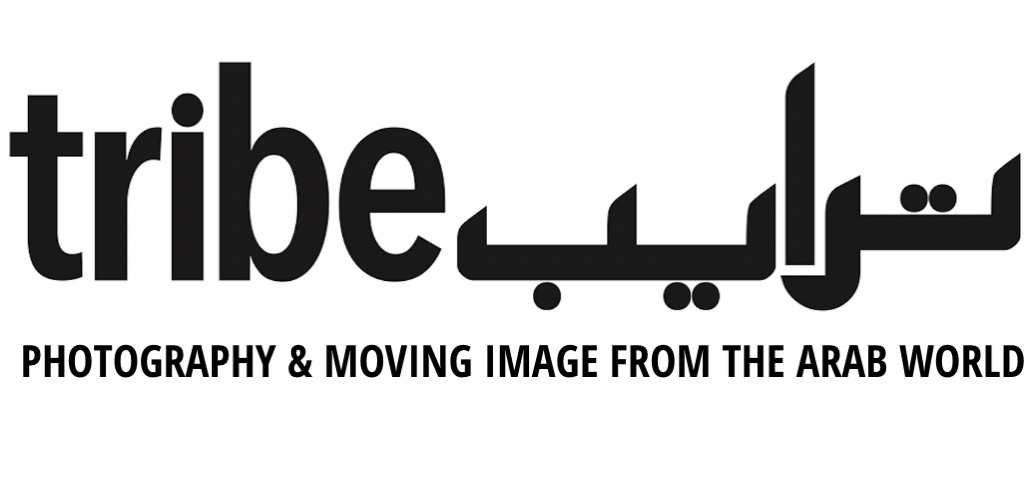Carole Alfarah: Fringing States of War
Printing lost memories and projecting silent deaths
Carole Alfarah, Carole. Alfarah003 from the series Wa Habibi. Courtesy of the artist.
With text by Maria Santoyo, photography curator.
The exhibition Wa Habibi by Syrian artist Carole Alfarah presents a selection of images she took from 2012 to 2015 on multiple trips to the country which she was forced to leave behind. None of them show the different factions, weapons, violence or exile. Nor do they attempt to explain the conflict’s causes or take any political position. With an extraordinary sensitivity and deep respect towards those around her, she simply shows to what degree the human condition is upset by war.
Alfarah was born in Damascus in 1981, and in 2008 she began her career as a documentary photographer and visual storyteller, not a common profession among women in Syrian society.
From the beginning, she focused her interests on the fringes of society in order to raise awareness about silenced topics and give a voice to the most disadvantaged people. The war forced Alfarah and her family to leave Syria in 2012. They took up residence in Barcelona, although Alfarah is currently based in Madrid. She received a grant from EFTI (International center of Photography and Cinema), where she obtained a Master’s in Contemporary Photography. Alfarah is now working on an ongoing multimedia project titled Starting Anew, which tells individual stories of Syrian refugees’ new lives in European countries.
The photographs were brought together in an exhibition Wa Habibi, and exhibited at Casa Arabe in Madrid. They were taken during the conflict that has besieged Alfarah’s homeland since March 2011. However, they do not show the usual archetypes found in war reporting. Confrontation, causes, factions, weapons, violence and exile have been left out intentionally.
In the exhibition, Alfarah provided her own testimony. ‘Since I left my homeland, I have returned several times because I had been hired to do so by printed media and international non-governmental organizations, until my last trip in October 2015. On each visit to Syria, I saw how my countries face gradually changed until I wasn’t even able to recognize it anymore. That was the most difficult feeling for me to accept. I am a photographer, though; and my camera is my only tool. It is my voice. This is why I have been documenting daily life throughout the war, including the marks left behind by the battles, the voiceless survivors, the silent death, the places: our homes, streets and cities… Our present has been injured and our past destroyed. Because of the huge loss caused by the conflict in Syria, I decided to preserve and protect what I have witnessed, to store it safely within a project in the form of a printed memory, the memory of a historically shameful event that must stay alive in our minds forever. This exhibition invites the public to identify with the experiences of the men and women who were forced to survive and lose a war they never chose to fight.’
Ultimately, Alfarah has become a witness to the breakdown of a land that she loves, one which she can hardly recognize anymore. Her photographs convey a reality at once familiar and impossible to come to terms with: We could be them. This could happen to us. It could be here. The images emerge out of confusion, from the buzz in the victims’ ears. They dig into the rubble and reach up in search of another person’s face. Others are the only life saver to reach for, bonds with them the only option for survival. The artist turns her eyes away from the war and looks exclusively at the human condition upset in times of conflict, withstanding silently and tenaciously. Her photographs speak to us about everyday subsistence in a stunted urban landscape, about holding onto privacy and dignity in homes whose walls have crumbled. They also display hope and the potential for beauty, as when nature opens up new paths in seemingly annihilated landscapes.
Her Beloved Broken Home, Syria 2012 to 2015
The book: is comic, and can be opened from right to left reading Arabic or from left to right when reading the English text.
The image: represent a collective and personal memory of Syria during wartime, a printed memory that shows the traces left by war in people’s lives in their urban places, homes, city and land.
The cover: is chosen to similar to the Damascus brocade textile, as a metaphor for Syria before the war, with its beauty, glory, rich history and heritage.
The paper: chosen is recycled, to fit in with the destruction and death caused by the war.


